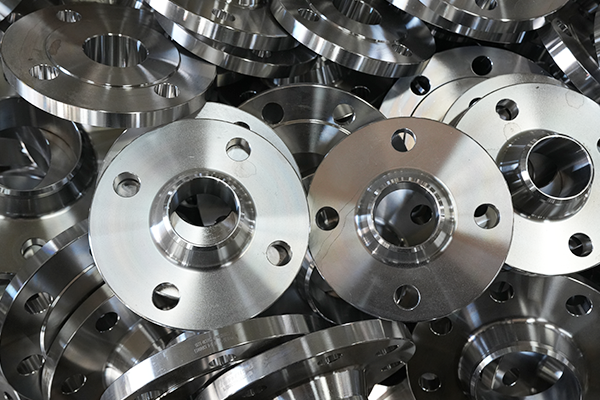NewsDetails
Maintenance and Upkeep of TPEP Anti-Corrosion Steel Pipes
author:Zhantong time:2025-05-23 01:14:48 Click:83
Maintenance and Upkeep of TPEP Anti-Corrosion Steel Pipes
TPEP (Two-layer Polyethylene and Epoxy) anti-corrosion steel pipes are designed for long-term, low-maintenance operation. However, like all infrastructure assets, proper upkeep is essential to ensure their integrity and service life—especially in harsh soil or fluid environments. The following guidelines provide key practices for maintaining TPEP-coated pipeline systems in the field.
1. Routine Visual Inspection
Above-ground sections (e.g. manholes, valve chambers, exposed ends) should be inspected annually for:
Surface damage to the polyethylene layer
Signs of discoloration, cracking, or blistering
Vandalism, UV degradation, or mechanical impact
Buried pipelines should be monitored via access points or exposed areas during maintenance work.
➡ Action: Record and photograph any coating defects for future evaluation or repair.
2. Cathodic Protection Monitoring (if installed)
In some applications, TPEP pipelines are paired with cathodic protection (CP) systems. Regular CP checks include:
Measuring pipe-to-soil potential
Verifying proper operation of anodes, rectifiers, and test stations
Ensuring that protective voltages are within standard limits (typically −850 mV or more negative vs. Cu/CuSO₄ electrode)
➡ Action: Adjust or replace CP components if potential readings fall below acceptable thresholds.
3. Holiday Detection Testing
For newly installed or repaired pipelines, conduct high-voltage holiday detection (also known as spark testing) to identify pinholes, cracks, or coating voids.
For critical pipelines, periodic re-testing at known stress points (e.g. bends, joints, road crossings) is recommended.
➡ Action: Patch minor defects using approved repair kits (e.g. epoxy fillers + PE wrap or heat shrink sleeves).
4. Joint Area Maintenance
Field-applied joint coatings are more vulnerable than factory coatings. Inspect joints during any excavation or scheduled maintenance.
Check for signs of coating separation, rust, or impact damage.
➡ Action: Reapply joint coating as needed using compatible materials (same as original TPEP system).
5. Soil and Environment Monitoring
For long-term integrity, monitor soil resistivity, moisture content, and chemical aggressiveness around the pipeline.
Changes in drainage, construction near the pipeline, or heavy vehicle traffic may pose mechanical risks.
➡ Action: Modify bedding or protective measures if environmental conditions deteriorate.
6. Leakage Detection
TPEP coating itself is not leak-proof for high-pressure loss detection, but it supports a sound pipe structure. Use the following for leak monitoring:
Pressure monitoring in the system
Flow rate analysis to detect drops in efficiency
Acoustic sensors or ground-penetrating radar (GPR) for non-invasive detection
➡ Action: In case of suspected leaks, isolate the section and excavate with caution to avoid coating damage.
7. Documentation and Lifecycle Records
Maintain logs of:
Installation and repair history
Coating inspection results
CP monitoring data
Environmental assessments
➡ Benefit: Enables predictive maintenance and supports pipeline asset management.
Conclusion
TPEP anti-corrosion steel pipes offer durable protection with minimal routine maintenance. However, systematic inspection, joint care, cathodic protection monitoring, and environmental awareness are essential to ensure the pipeline operates safely and efficiently for decades. Preventive maintenance is more cost-effective than reactive repair and plays a key role in long-term infrastructure performance.
 Recommended Products
Recommended Products
 Contact us
Contact us
—— Contact:Manager
—— Tel:+86 15231788966
—— Email:info@zhantongpipe.com
—— Url:https://www.zhantongpipe.com
—— Address:Mengcun Hui Autonomous County, Cangzhou City, Hebei Province









